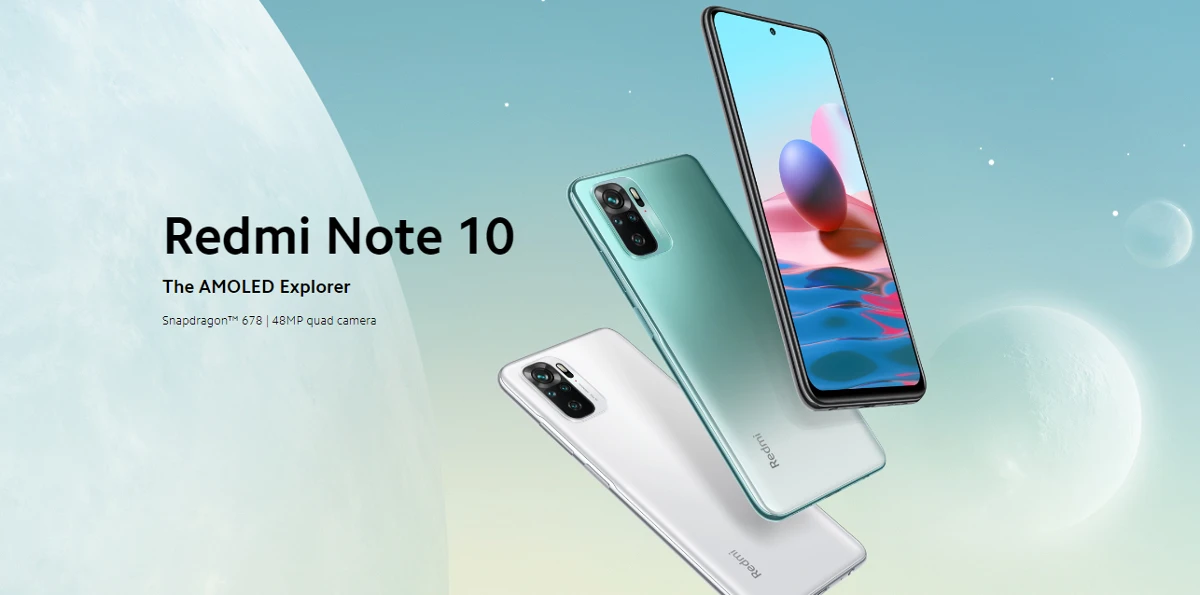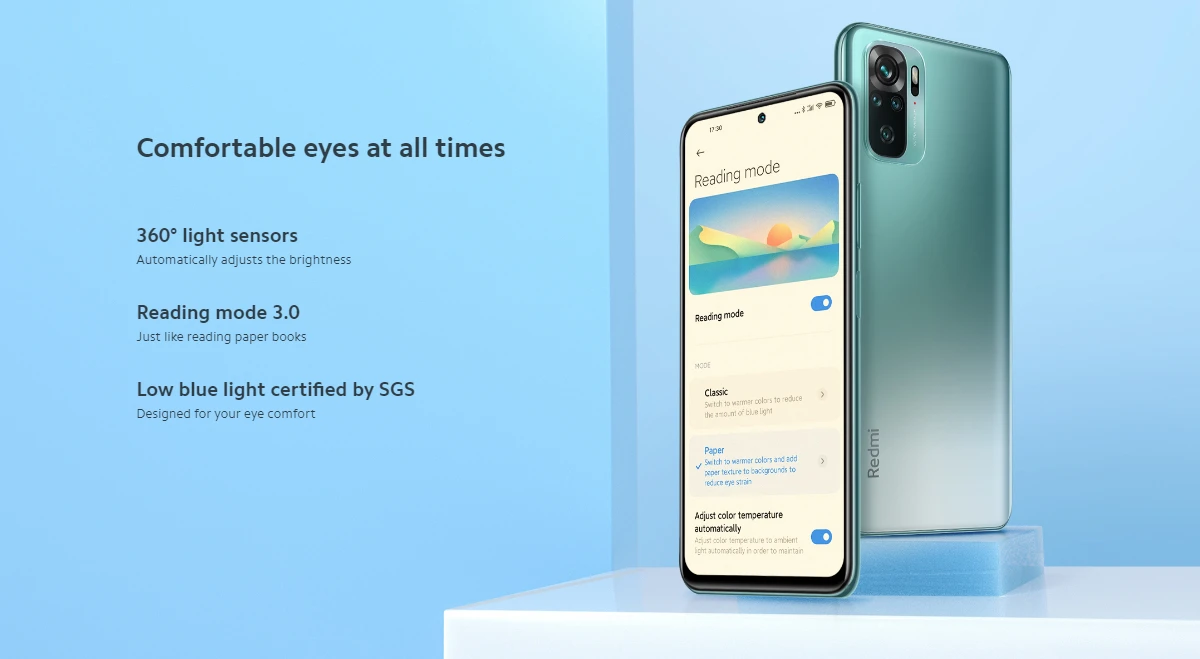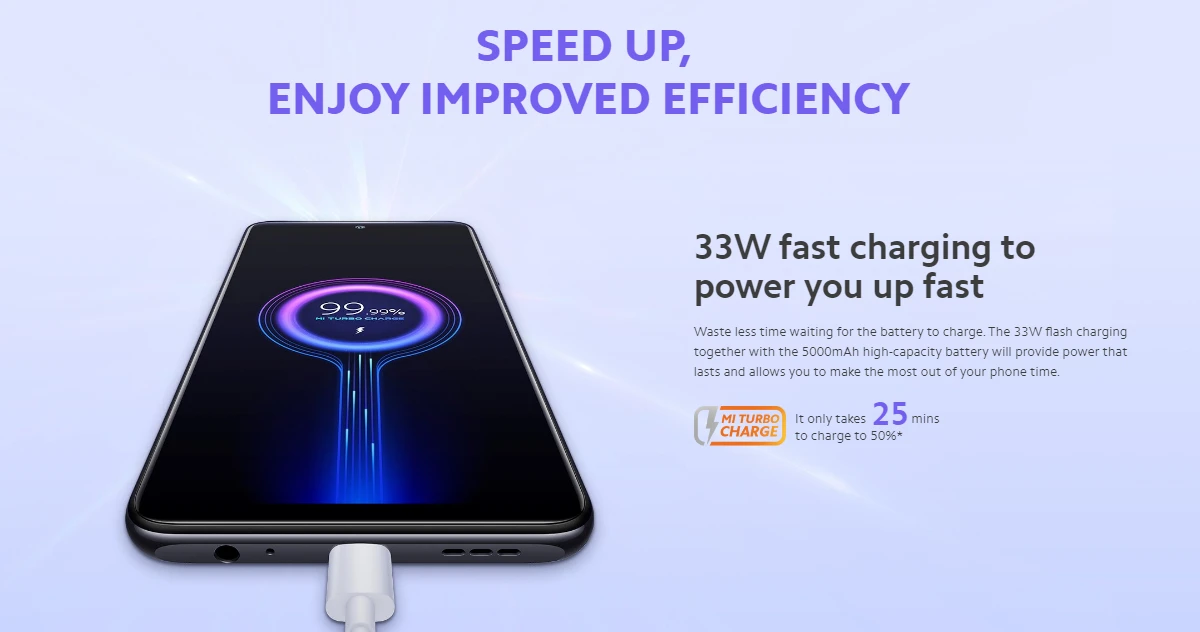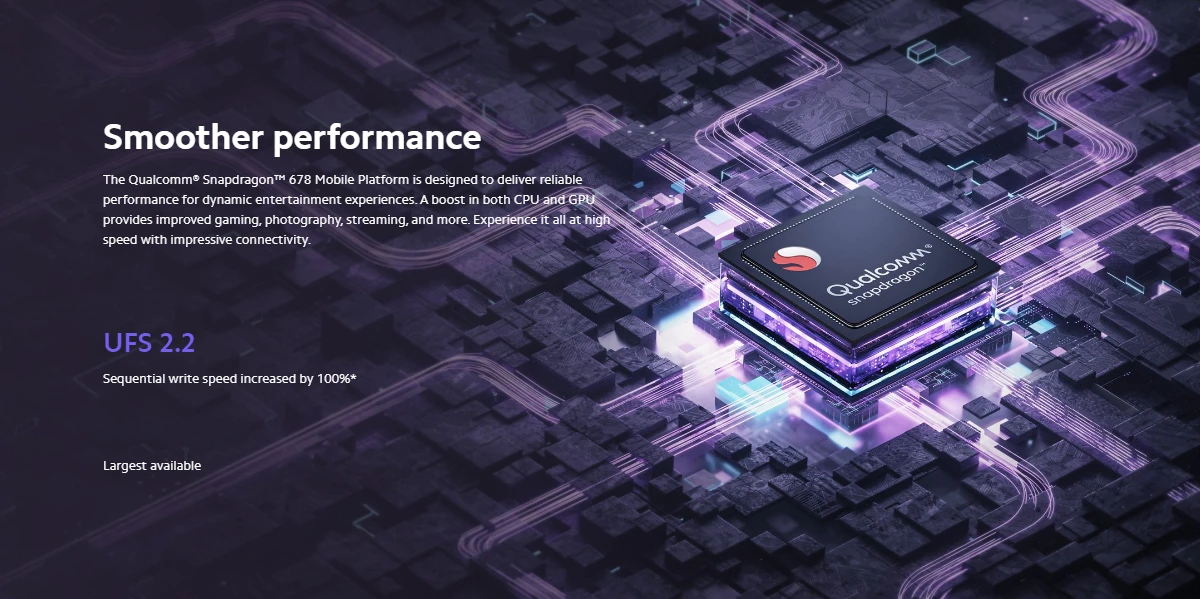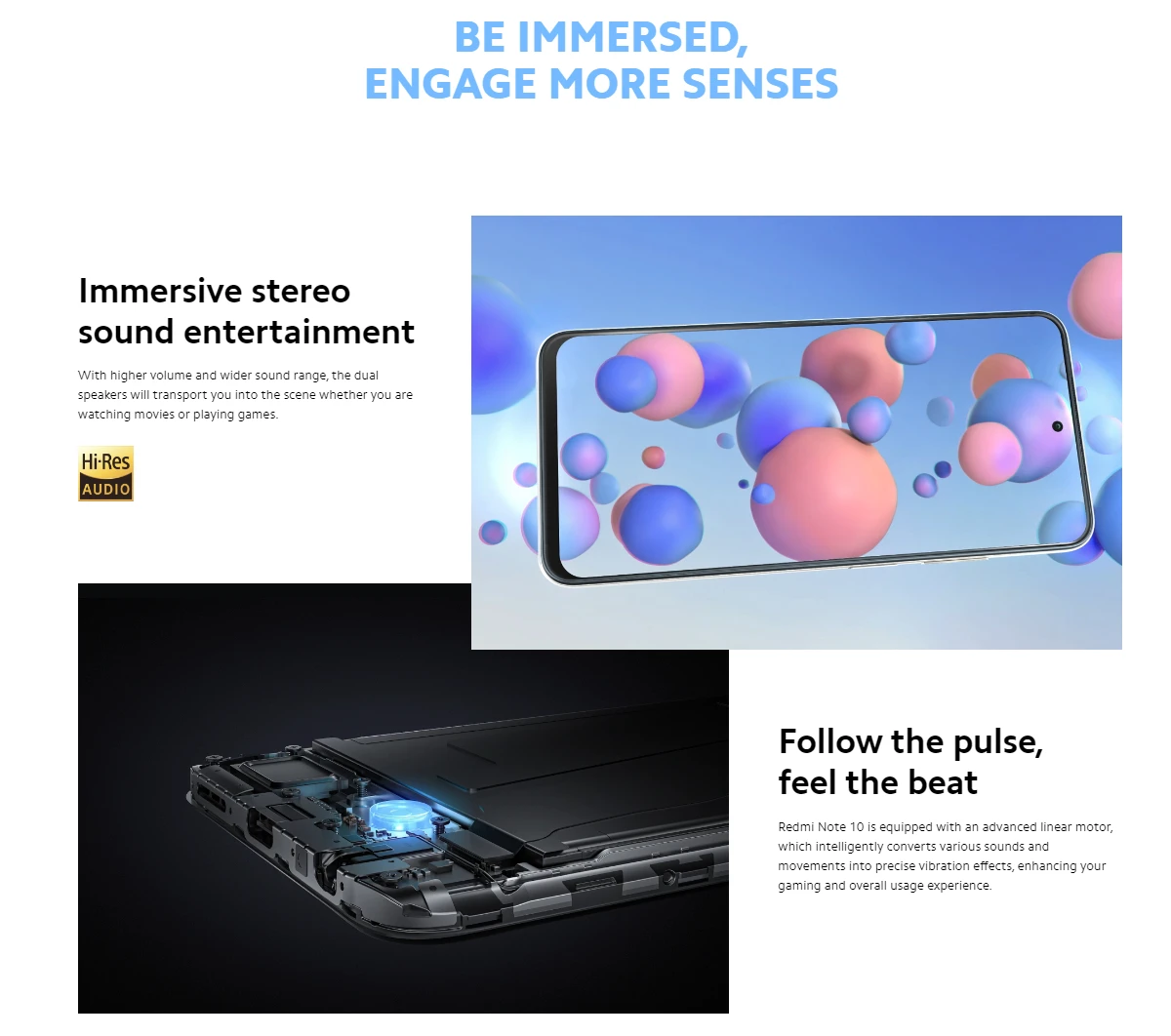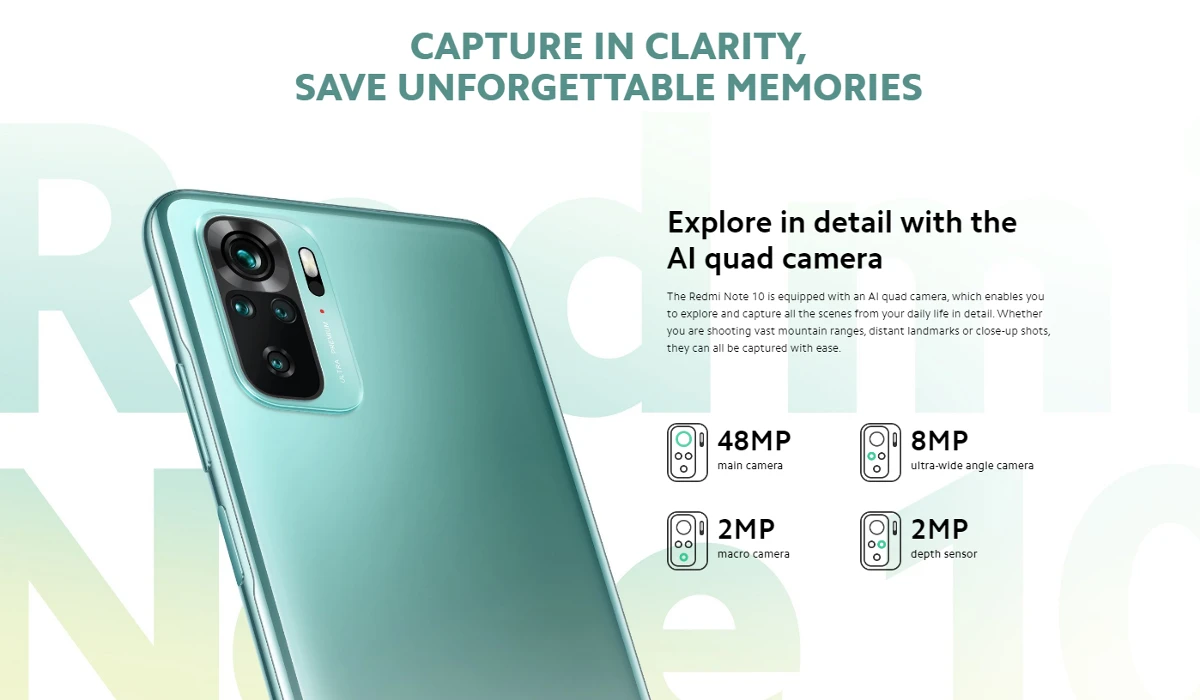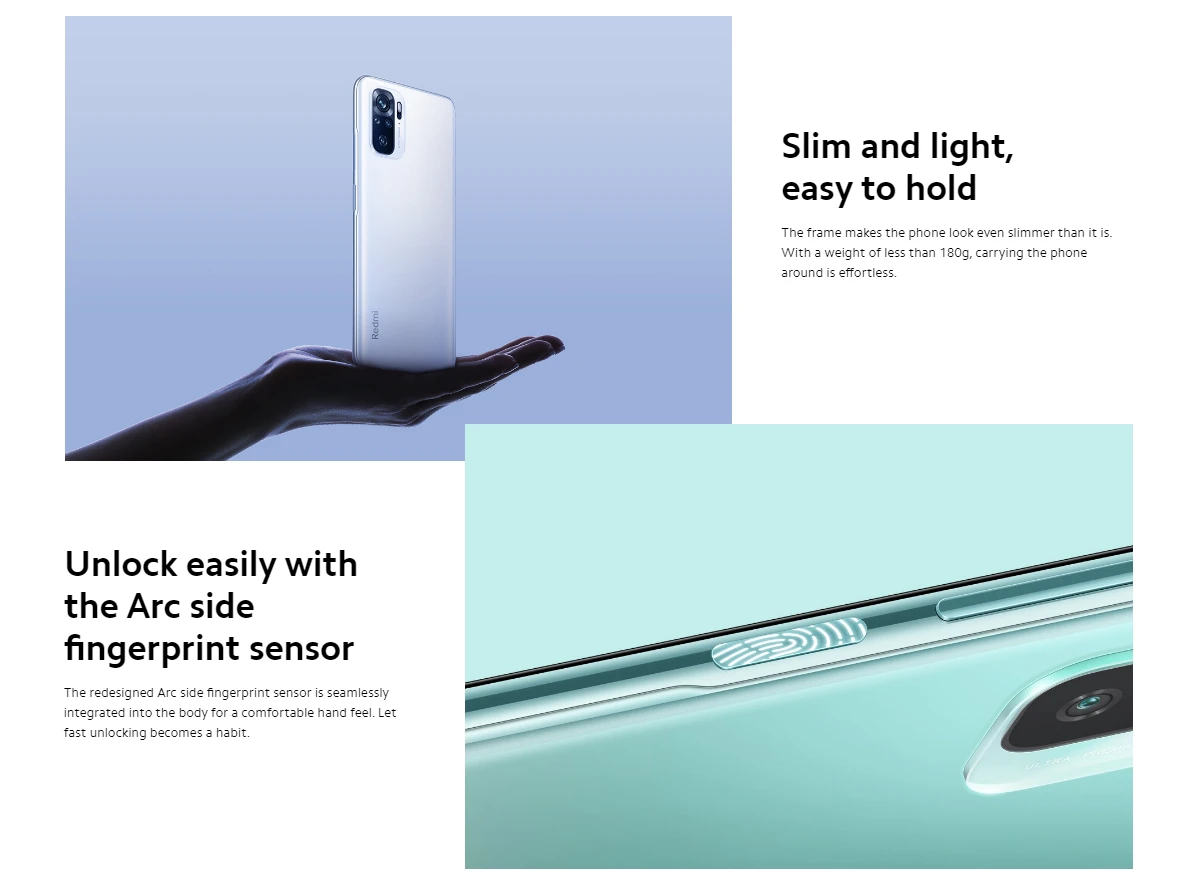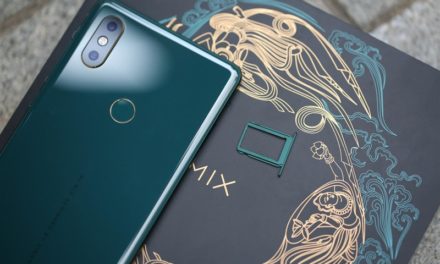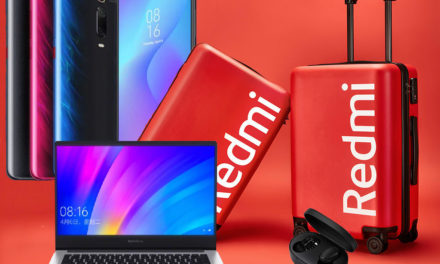
Xiaomi Redmi Note 9 vs Redmi Note 10 - AMOLED for barely 50!
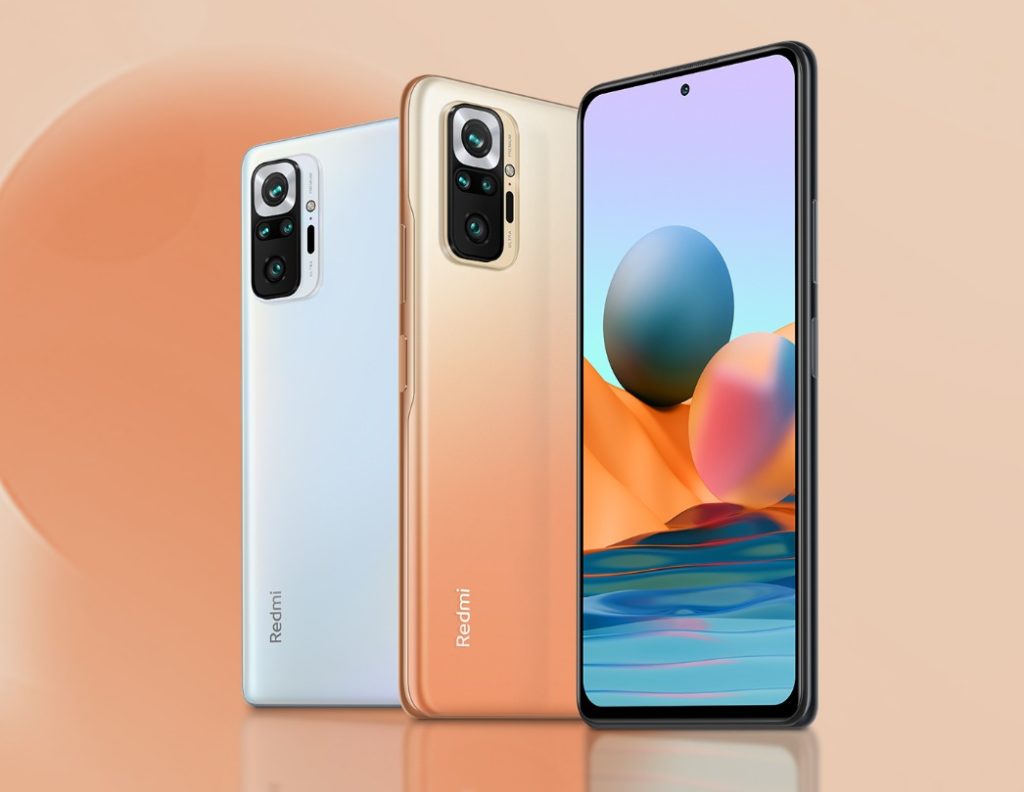
contents show
The Redmi Note 10 could be one of the most popular mid-range phones this spring, and not just because of its price.

Now, perhaps it can be a tradition for Redmi to open with the mid-range in its new series, followed only by entry-level models. With this strategy, the company is almost embedding sales of cheaper phones. This, of course, requires the mid-range to be a percussionist, and consumers to be thrilled by the downfall of cheaper mobiles as well.
Well this year, maybe we can say that at last, Redmin flashed a big one. Both of their mid-range models became percussive and, in fact, very percussive. Now we will deal with the cheaper device, the Redmi Note 10!
The new mobile has changed in many ways compared to its predecessor, and these changes, without exception, point in the right direction. Unfortunately (at least in my opinion), there was nowhere near such a difference between the Redmi 8 and 9 series, so for me it was also questionable a year ago whether it was worth choosing the newer version or whether the old one would be better.
Well, this year it’s no question if someone wants a new cell phone and vacillates between last year’s, a little cheaper, or this year’s slightly more expensive models, those this year will be the winner!
The manufacturer has once again put the garage down next to Qualcomm in terms of processor, so that last year's Helio G85 became the Snapdragon 678 as the central unit. The Snapdragon unit is better than the Helio in every way, with up to a 30 percent surplus in some of its capabilities. So the phone has gotten stronger, and that’s a big boost point to the Note 10.
There has been no change in photography, at least in the area of sensors. We have a 13 megapixel front camera, a 48 meg main camera in the back, an 8 meg ultra wide camera, a 2 meg macro and a two meg depth sensor. Other data related to the cameras did not change either, so the aperture, sensor size, viewing angle remained the same, from which it can be assumed that we get essentially the same hardware as last year.
We can see a change in the cameras, but this can be attributed to the central unit. However, the thing is not irrelevant at all, those who also want to make videos with the mobile can enjoy it, as the Redmi Note 10 has now become suitable for recording 4K 30 FPS movies!
The cameras haven’t changed, but so has the display. It is based on other technology, the diagonal, the resolution, and with it the pixel density have changed.
Let's start with the most important! The IPS display has finally been replaced by AMOLED here, also at the entry level of the mid-range. It’s a huge thing, I was already looking forward to this move last year, but I had to be disappointed. This year, however, AMOLED is here, and anyone who has seen AMOLED and IPS side by side knows that a better display is a huge improvement in the user experience.
Interestingly, the diagonal has decreased compared to last year. I think a lot of people will be happy with that because even though the Note 10 wasn’t small either, last year’s 6,53 colt would have been unnecessary to increase further. The new phone comes with a 6,43-inch screen, but the resolution increases from 1080 x 2340 pixels to 1080 x 2400 pixels. This is because the aspect ratio has changed from 19,5: 9 to 20: 9. The pixel density increased, of course, from 395 to 405 ppi.
In terms of hardware, we can find a more serious change than the battery, ie in the field of charging. The battery of the new device has been reduced to a minimum, with a capacity of 5020 mAh instead of 5000. In return for the minimal reduction, instead of last year's 18, we get a 33-watt fast charge, which allows us to charge our mobile phone from zero to 50 percent in 25 minutes and to one hundred percent in 74 minutes.
What hasn't changed? There are 3 satellites, navigation system support, Wi-Fi5 and 4G. There is still an FM radio, the sensors have also remained unchanged.
In terms of appearance, we can discover some changes. Perhaps most importantly, the fingerprint reader has moved from the back to the side, the power button. On the display, the camera hole has moved back to the center from the left edge, where it used to be the notch. The smaller display also made the phone physically smaller, from 162.3 x 77.2 x 8.9 mm instead of 160.5 x 74.5 x 8.3 mm, and also reduced its weight from 199 grams to 178,8 grams.
Sum it!
The Redmi Note 10 has become a very well-hit device. The only thing that could have put a wider smile on my face if the central camera’s sensor was 48 megapixels instead of 64, but let’s face it, this would be a bit of an exaggeration in this price range. However, the fact that we can find a huge AMOLED display in a phone that costs just 50 thousand forints carries everything! Xiaomi could not have given a nicer gift to those interested in cheaper mobiles this year!
If you liked it after the tutorial above, now Using coupon code BGRN1064, you can add it to your cart for 51 HUF here:
Xiaomi Redmi Note 10 4 / 64 GB
Use the duty-free EU Priority Line delivery to order!










